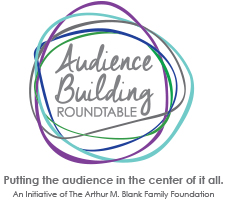Atlanta Ballet held a Board Summit on October 13, 2016 for senior staff and board to discuss key organizational issues for a future strategic planning process. TDC, a nonprofit research and consulting firm, facilitated the discussion. The summit focused on addressing the following four questions:
- Are you in agreement that audience growth should be the primary goal of the next several years? Are there other key goals that need to be considered?
- What does Atlanta Ballet need to drive audience growth?
- What other organizational issues need to be tackled going forward?
- What other questions does the planning process need to answer?
The room was divided into four assigned groups, each with a mix of board and staff members. The following are the findings from the breakout session:
- All groups agreed that growing audiences should be one of the major goals considered over the next several years. Many felt strongly that growing diverse audiences should be a top priority and that Atlanta Ballet should be striving for greater visibility throughout the city of Atlanta.
- The group focused on several of the key points: 1) Test and act on programming preferences of audiences; stage productions with high levels of title recognition; 2) pursue lapsed patrons; and 3) enhance visibility through civic pride and personal connection.
- The following additional questions were identified: 1) who should be Atlanta Ballet’s audiences? How can the organization achieve this?; 2) How can Atlanta Ballet raise the needed endowment funds in the long term?; and 3) What level corporate support would be possible to achieve within Atlanta’s unique corporate fundraising environment?
A planning committee made up of both board and staff will launch a planning process, which will include a more in-depth internal analysis alongside external research.







